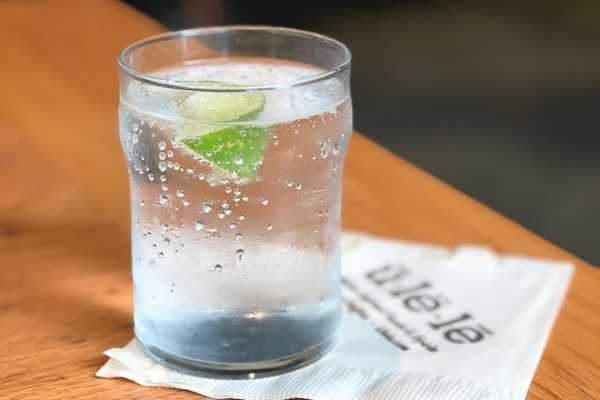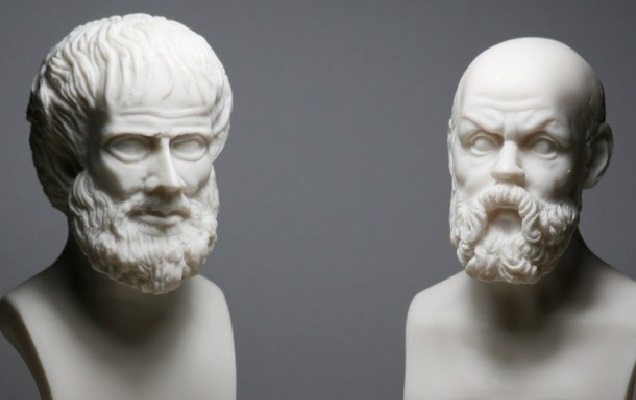
Still have questions?
“ Smile...so the world smiles with you ”
Smile Hawthorn
About Us
At Smile Hawthorn, we see the beauty in every smile, and we aim to provide the highest levels of care to our patients, so they always smile their biggest and brightest.
| Monday to Friday |
8:30 am - 5:30 pm |
|---|---|
| Saturday | By Appointment |
Useful Links
From the Wisdom Tooth

02 Mar 2022

Dental History - 500-300BC
15 Jul 2021

Saving your teeth from those sweet treats.
31 Oct 2021

Dental History - 5000BC
15 Jan 2020